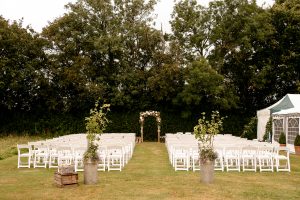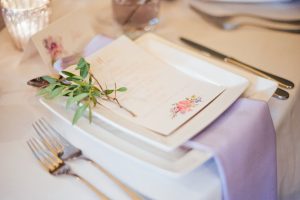6 Burner Safety and operation instructions
All of our gas appliances are regularly tested by staff for safety, and for operation.
This check involves connecting a gas bottle to the appliance and opening the gas tap on the bottle, with the operation switches closed. We then pass a gas detector all around the appliance, and around the connection to the gas bottle, to ensure that gas does not flow from unwanted areas. Following this, the appliance is lit, and left to run to ensure that it operates effectively and safely.
Our gas appliances are also tested annually by a qualified gas-safe registered technician.
Upon hiring our gas ovens, clients should ensure that the user is comfortable operating gas appliances, and should take steps to ensure complete safety.
It is advisable that a suitable fire extinguisher is present when the appliance is being used.
Once the oven is in situ, with brakes applied (if applicable), the user should check around the oven for any signs of damage to the appliance, hose, or gas bottle.
If they are to be used, the user should then ensure that the hobs on the ovens are correctly assembled. They should remove the metal pan-supports and the hob plates, before reassembling these parts, ensuring that any notches, or directional parts of the hob are in the correct position and orientation. This is important as it will ensure a smooth gas flow around the circumference of the hob ring.
The user should then screw the gas connector from the oven into the gas bottle. The user must use a spanner to ensure a gas-tight connection. It is advisable to keep a good distance between the gas bottle and the appliance, and important to make sure that no naked flames come close to the gas bottle.
It is good operating practice for the user to check for gas leaks with a combustible gas leak detector after connecting the apparatus to any gas bottles, before ignition takes place. As above, this involves opening the gas tap on the bottle, with the operation switches closed. The user should then pass a gas detector all around the appliance, and around the connection to the gas bottle, to ensure that there is no gas flowing from unwanted areas.
Following this, the user can safely light the appliance.
To light the hobs, the user should use a long-nosed lighter, holding the flame to the chosen hob, before pushing the appropriate knob on the front of the six burner in, and twisting to the ignition point. To light the hobs safely, it is important that the gas has not been left to flow for long periods of time before lighting, as this could result in large amounts of excess combustible gas which could be harzardous.
To light the oven, the user should open both doors, before pushing in the appropriate knob and twisting to the ignition point. They should then press the ignition for the oven, and check that the burner at the back of the oven is aflame. As above, to light the oven safely, it is important that the gas has not been left to flow for long periods of time before lighting, as this could result in large amounts of excess combustible gas which could be hazardous..
Once the oven, or hobs are lit, the appliance quickly becomes hot, so extreme caution should be exercised. The user may consider appropriately signing the area, or warning those who are nearby.


